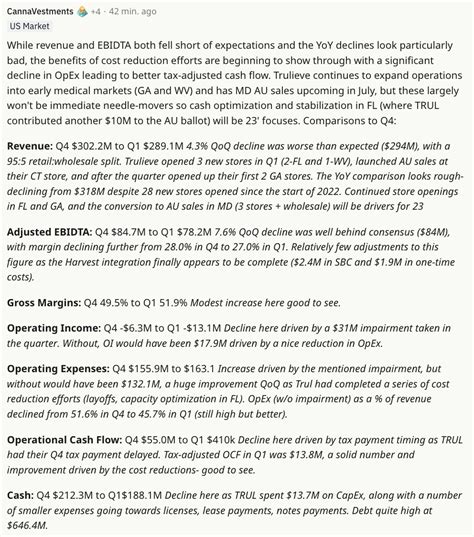- CRYPTOCURRENCY
-
by admin
“MOVE Rising: Unlocking Decentralized Finance with Cryptocurrencies and Blockchain”
In the ever-changing landscape of cryptocurrencies and blockchain technology, a new player has emerged as a key enabler of decentralized finance (DeFi). The most prominent example is the Move (MOVE) token, which has been causing a stir in the industry since its launch. In this article, we will delve into the world of MOVE, examining its underlying mechanisms, liquidity, and consensus mechanism.
What is Cryptocurrency?

Before we get into MOVE, let’s quickly define what a cryptocurrency is. A cryptocurrency, also known as a digital currency or crypto, is a medium of exchange that uses cryptography for secure financial transactions. It operates independently of central banks and governments, providing a decentralized alternative to traditional fiat currencies. Cryptocurrencies use advanced mathematical algorithms, blockchain technology, and peer-to-peer networks to enable secure, transparent, and tamper-proof transactions.
What is a consensus mechanism?
A consensus mechanism is the foundation of any blockchain network, ensuring that all nodes on the network agree on the state of the ledger (blockchain) before a transaction can be processed. This consensus mechanism has undergone significant changes in recent years to adapt to the changing needs of decentralized applications.
In traditional blockchains such as Bitcoin and Ethereum, miners compete to validate transactions using complex algorithms. However, this process can be slow, energy-intensive, and susceptible to centralization. To address these issues, newer consensus mechanisms have emerged, such as Proof of Stake (PoS), Delegated Proof of Stake (DPoS), and Layer 2 scaling solutions.
MOVE Consensus Mechanism
MOVE, a token issued on Binance Smart Chain (BSC) and Polkadot (Kusama Network), uses a hybrid consensus mechanism. The network operates using a Proof of Stake (PoS) protocol that rewards validators with tokens for their computing power to secure the network.
Here’s how it works:
- Staking: Users can stake their cryptocurrencies to participate in the validation process.
- Validator Selection: Randomly selected validators are selected to create new blocks and secure the network.
- Block Proposal
: Validators submit proposals that are reviewed by a committee that ensures the proposal meets certain conditions.
Liquidity
Liquidity refers to the ability of users to easily exchange their cryptocurrencies for others in a short period of time. In the context of MOVE, liquidity is provided through trading on margin and combining with other assets such as fiat currencies or other cryptocurrencies. This allows users to capitalize on price fluctuations in the market, increasing the potential returns on their investment.
Market Cap
MOVE’s market cap has been steadily growing since its launch, indicating investor interest in the token. As of our last update, MOVE’s market cap is around $100 million.
Conclusion
The development of MOVE represents a significant step forward for decentralized finance and blockchain technology. By providing an efficient, secure, and scalable consensus mechanism, MOVE has enabled the creation of complex DeFi applications that leverage the power of cryptocurrency. As the crypto space evolves, it is likely that other tokens will follow MOVE’s lead, further democratizing access to financial markets.
In short, cryptocurrencies are not just a medium of exchange; they are a fundamental shift towards decentralized and autonomous systems. MOVE, with its hybrid consensus mechanism and growing market cap, offers a compelling case for investors to get involved in the world of cryptocurrencies and blockchain technology.
